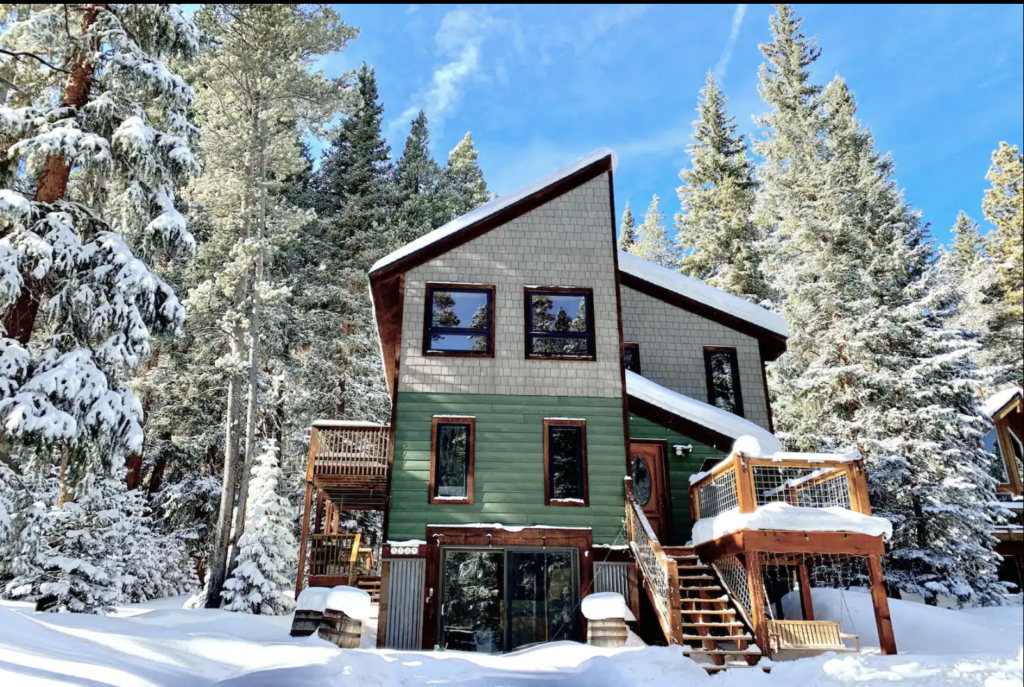Our STR Investment Journey
This blog post represents a departure from our usual content, as I delve into sharing my personal journey as an investor. Beyond a mere heartfelt narrative, my aim is to impart some valuable lessons learned along the way. Specifically, I’ll be focusing on how the decision to self-manage our short-term rental (STR) proved to be a game-changer for our financial outcomes. As the title suggests, we indeed managed to save $36K on our taxes by implementing a tax strategy centered around cost segregation and bonus depreciation.
Interestingly, when we acquired this particular property, we were unaware of these potential tax savings due to our lack of knowledge regarding their existence.
So, let’s delve into how the co-founders of Chalet translated their passion for short-term rentals into a lucrative financial venture.

Embracing Our Mountain Dream: The Origins of Chalet
To begin at the starting line, allow me to elaborate on our motivations.
While we spend our days scrutinizing and strategizing within the realm of STR markets, our decision to invest in the Colorado Rocky Mountains was deeply personal. Imagine the allure of owning a ski cabin near Breckenridge. However, as with any market, challenges abound – Breckenridge was no exception. At the time of our investment contemplation, Summit County’s various municipalities were undergoing regulatory shifts that complicated matters for potential short-term rental investors.
This situation led us to focus on Blue River, a quaint town located just beyond Breckenridge’s borders. Why? It presented us with advantageous regulations, a more favorable price per square foot valuation, and convenient proximity to the ski resort. From there, the task was to identify the right property at the right price, a stroke of luck that eventually materialized.
Now, here’s the catch: the property required a considerable amount of work. Thus, what initially seemed like a dream eventually morphed into a challenging endeavor. Our approach was to undertake enough renovation work to render it suitable for renting, deferring full personalization for a later time. This demanding process was navigated with determination, considerable effort, and a fair share of challenges, culminating in the property’s launch a mere couple of months after its acquisition.
One piece of advice offered by a real estate investor acquaintance resonated with us: “Treat the renovation as if it were aimed at renters, not your permanent abode. Prioritize spending on amenities.” This philosophy aligned perfectly with our strategy, guiding our decisions as we pressed forward.







